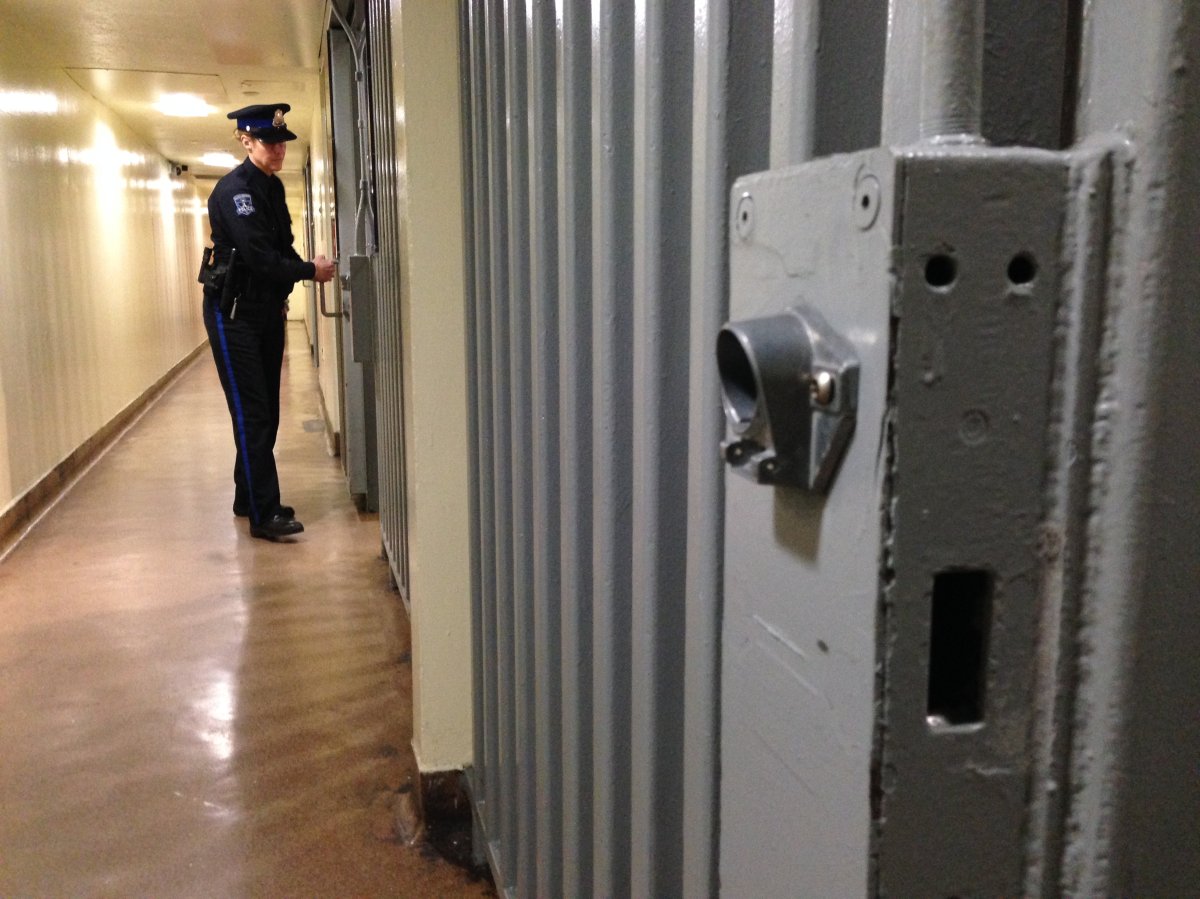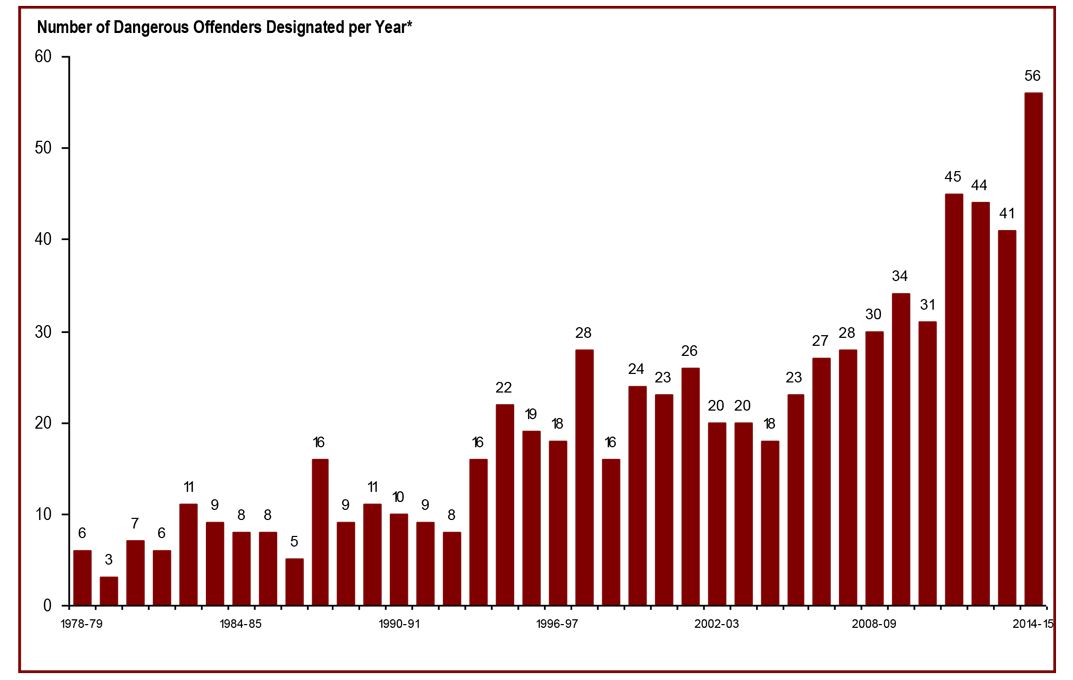Every so often, police forces from across the country will issue a notification letting the public know that a “high-risk offender” is about to be released from prison.

This week, Halifax Regional Police informed residents that James Andrew MacKay, 36, will be released from prison in Renous, N.B., on March 22, 2017 – after completing a sentence for a number of offences, including sexual assault.
READ: High risk offender set to be released in Nova Scotia
MacKay has a criminal record dating back to 2000. Some of his previous convictions were violent in nature and he has been assessed at a high risk to re-offend.
Why release ‘high-risk offenders’?
So why is the legal system releasing offenders that they assess as a high risk to re-offend? That’s the question that comes up from members of the public every time one of these notifications is released.
The Correctional Service of Canada (CSC) is responsible for administering court-imposed sentences of two years or more.
When offenders reach the end of their sentence — or their warrant expiry date as it’s called — the CSC says they “no longer have a legal mandate over these individuals” and by law must release them.
Paulette Gaudet, communications manager for CSC, says research has shown that offenders do much better after their release if there is “continued treatment and support” in place to help them start a new life.
Gaudet says people who are incarcerated until the very end of their sentence — and who have no supervision in the community — are at a much greater risk of committing another crime.
- Life in the forest: How Stanley Park’s longest resident survived a changing landscape
- ‘They knew’: Victims of sexual abuse by Ontario youth leader sue Anglican Church
- Bird flu risk to humans an ‘enormous concern,’ WHO says. Here’s what to know
- Buzz kill? Gen Z less interested in coffee than older Canadians, survey shows
READ MORE: Lethbridge MP wants more done to prevent high-risk offenders from re-offending
Almost all inmates released from jail
Since almost all offenders are eventually released from prison, Gaudet says it’s in society’s interest to make their reintegration a success.
When under supervision in the community, the Correctional Service of Canada says offenders must follow strict rules including:
- Reporting regularly to a parole officer and the police
- Abiding by imposed conditions, such as avoiding alcohol or certain people
Under the Corrections and Conditional Release Act, all offenders must be considered for some type of conditional release.
The Parole Board of Canada (PBC) is the body that decides to grant, deny, cancel, terminate or revoke day and full parole. They may also order that certain offenders be held in custody until the end of their sentence.
WATCH: ‘Like getting kicked in the gut’: Mother of sex assault victim unhappy with parole decision

‘Dangerous offenders’ can stay in jail after their sentence expires
There is one mechanism that allows officials to keep an individual behind bars for an indefinite amount of time — that’s if they’re declared a dangerous offender.
A dangerous offender is a designation that the prosecution service must apply for at the time of sentencing.
Neither the Correctional Service of Canada nor the Parole Board of Canada have legal jurisdiction to designate someone as a dangerous offender, only the courts can.
If granted, the dangerous offender designation is for life.
Serious personal injury offences — which can include sexual assault offences — or any violent or potentially violent offence that carries a maximum sentence of 10 years or more can trigger a dangerous offender designation.
READ MORE: ‘It used to be for the worst of the worst’: dangerous offender designation
A dangerous offender is given an indeterminate or a determinate sentence on the basis of a particularly violent crime or pattern of serious violent offences.
According to statistics by Public Safety Canada, at the end of the 2014-15 fiscal year, there had been 735 offenders designated as dangerous offenders in Canada since 1978.
The number of dangerous offender designations
Individuals may also be given the designation of a long-term offender by the courts.
A long-term offender is someone who receives something called a long-term supervision order for up to 10 years following the expiration of his or her sentence.
The Correctional Service of Canada says this is done to ensure that “potentially high-risk offenders” continue to be supervised.





Comments